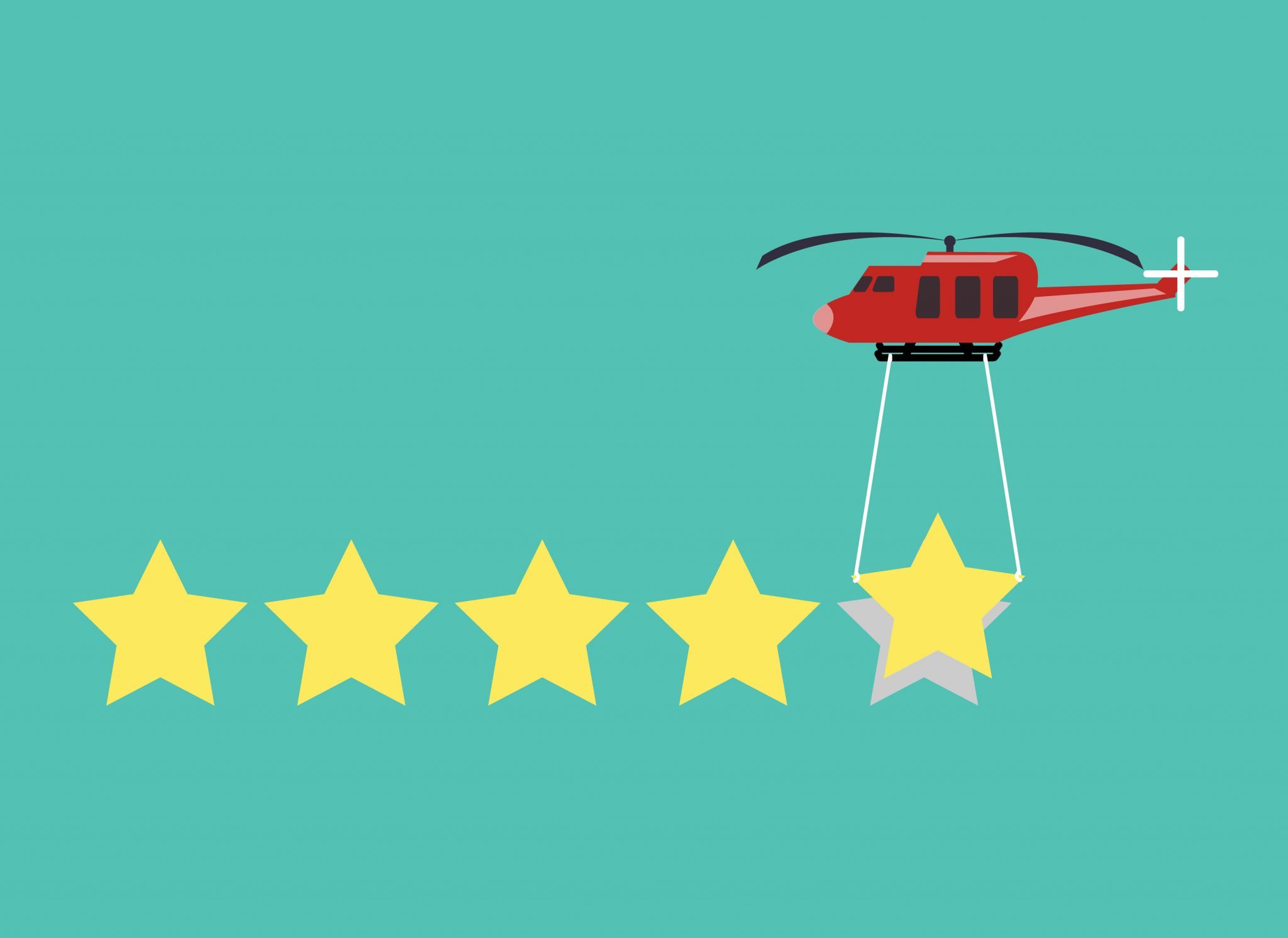Table of Contents
The importance of generating customer loyalty
Businesses put in such a huge effort to try and win over new customers that large marketing and sales departments are seen as essential for success. However, something that is often forgotten, or at least given less attention, is that cohort of consumers that you’ve already brought on board – and thus the importance of customer loyalty. This is only reinforced by the findings that a company has about 5%-20% chance of selling to a non-customer. But that rises to quite an astounding 60-70% for existing customers (Marketing Metrics).
Statistics like these are always interesting. One of the most-quoted ideas is that it is 5 times more expensive to acquire a new customer than to retain an old one. In a 2019 Forbes article, Blake Morgan questions whether that is still the case. Markets and benchmarks change over time, but by merely sticking to this rule of thumb, Blake argues that companies lose focus for what really matters:
When considering how much to spend to create or retain customers, it’s important to consider a customer’s lifetime value, or CLV. This number is different for each company. Companies that consider the potential of a customer – for the future – are much better off.
Blake Morgan, Forbes.
It still means companies need to focus on customer retention. But what they really need to consider when doing so is the future value and the right mindset. In our attitudes to customer retention, profit should not be the only driving factor. Retaining customers is important because it is a product of customer loyalty. It is the attachment not only to your product, but your brand, values, and visions.
So let’s have a closer look at the importance of generating customer loyalty.

Take care of your existing customers
With such an easily accessible market already in hand it makes sense to ensure that you retain and cater to pre-existing customers. One of the best ways of doing this is by assessing your customers’ loyalty and needs. You can do this through Net Promoter Score (NPS) Surveys or Customer Satisfaction Surveys. The Satisfaction surveys can focus on general satisfaction or a customer’s specific experience with a product, service, or interaction with your company. The NPS, in turn, measures how likely your customers are to recommend you to friends and family. Both metrics can offer you important insights into the strengths and weaknesses of your company’s relation to your customer base.
The NPS especially will give you a good look at word of mouth. In the digital age of social media and review platforms, it is easy to voice frustration to an online audience. Wouldn’t you rather those frustrations were voice directly to you so that you could actually initiate positive change? That is also where great customer service comes into play. Most customers will not be frustrated if something goes wrong, but if an issue persists and you don’t attend to it or resolve it quickly. By including customer service surveys and improvements, you can significantly increase customer loyalty.
In general, by nurturing your customer base and showing that you value their engagement with your business. It’s quite simple, actually. We all desire to be heard and valued. Surveys give your customers an opportunity to voice feedback. At the same time they help you gain actionable insights for positive change. You can achieve excellent organic growth, at a fraction of the cost of trying to attract new customers. And that’s just by focussing on the importance of customer loyalty.
Focus on the Customer Lifetime Value (CLV)
Rob Markey is a business strategist and co-creator of the NPS system of management. He explains in a 2020 Harvard Business Review article that:
My research shows that loyalty leaders—companies at the top of their industries in Net Promoter Scores or satisfaction rankings for three or more years—grow revenues roughly 2.5 times as fast as their industry peers and deliver two to five times the shareholder returns over the next 10 years.
Rob Markey, HBR.

Rather than pursuing short-term earnings and profits, the importance of customer loyalty plays out in the long run. Customer Value, or Customer Lifetime Value (CLV), can have several definitions but Markey uses it to describe “the total lifetime value of a company’s customer base,” which you can increase by “acquiring more customers, earning more business from existing ones, retaining them longer, making their experience simpler (and often less expensive to deliver) through digital improvements, and so on.” Making customers’ experiences easier is another key factor that affects loyalty and which you can assess through the Customer Effort Score (CES), for instance.
All this goes to say that with the right surveys you can gain valuable insights into the needs of your clientele you can solidify customer loyalty. This can thus help you to cut down customer churn in general. Coupled with attempting a replacement strategy for a fraction of the costs . Not only that but by paying closer attention to your base you can also increase revenues earned from that source. An American Express Survey shows: 70% of consumers were willing to spend more with companies that they felt provided excellent customer service.
Customer loyalty brings even other advantages
There are obvious benefits to your business from focusing on a demographic that generates greater revenues at lower costs. However, there are a whole host of parallel advantages you can gain from enhancing your customer relationships. Loyal customers can provide excellent feedback on the direction your company has taken or should take in the future. In other words, as end-users of your product or service. It is in their interests to be honest and considerate in their answers. Thus they become an invaluable tool for product research and development. This echoes the focus on future value and potential mentioned before.
The takeaway: Listening to and focusing on your existing customer base and enhancing loyalty should be a core priority for every business. Thus, using effective surveys can get the insights you need to make a huge difference to your bottom line.
-
Netigate Marketing
-
Netigate Marketing
- 4 min read
- .





